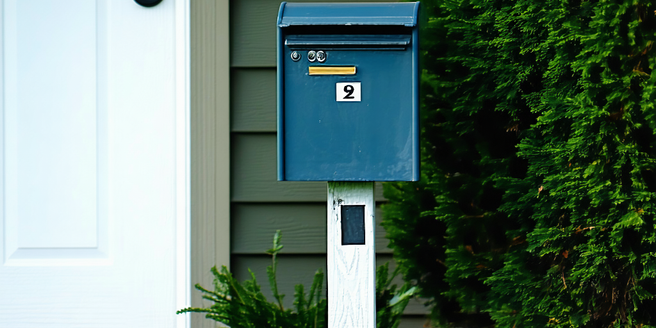History Of Sweepstakes And Giveaways

The Origins of Sweepstakes in the Early 20th Century
The concept of sweepstakes took root in the early 20th century as companies sought innovative methods to engage their audiences. The initial sweepstakes were simple, offering opportunities to win goods or services through random drawings. They were often used by publishers to boost magazine subscriptions. Consumers were drawn to these promotions due to their low-risk and high-reward nature. Businesses saw this as a powerful tool, leveraging the potential to expand their market reach and visibility. Such promotions provided a novel form of entertainment and interaction, fostering consumer loyalty. During this era, regulatory frameworks were minimal, which helped the concept to flourish. As companies realized the benefits of sweepstakes, they became more creative, incorporating them into broader marketing strategies, laying a foundation for future promotional innovations.
The Rise of Giveaways in Mid-20th Century Marketing
The mid-20th century marked a shift in marketing dynamics with the rise of giveaways as promotional strategies. Companies began to see giveaways not just as a means to increase sales but as a way to create brand affinity and customer loyalty. This era saw a surge in the cultural phenomenon of giveaways, fueled by post-World War II economic growth, which enabled brands to explore novel promotion techniques. Sponsoring contests and offering free samples became a common practice. Giveaways were leveraged in various forms, from radio and print media to in-person events. These promotions tapped into consumer desires for value and exclusivity, making giveaways a staple in marketing campaigns. This period also highlighted the importance of strategic branding, as companies sought to imprint their identity in consumers’ minds through effective promotional giveaways.
The Impact of Television on Sweepstakes Popularity
Television’s advent in the mid-20th century revolutionized how sweepstakes were conducted and perceived. As television rapidly became a household staple, brands used this medium to host grand sweepstakes, reaching broader audiences than ever before. The visual and auditory appeal of television allowed sweepstakes to become more dynamic, engaging viewers with exciting imagery and persuasive advertisements. Interactive TV shows frequently incorporated sweepstakes, prompting viewers to participate by calling in or mailing entries. As a result, the allure of potentially winning prizes captured the public’s imagination, embedding sweepstakes into popular culture. Television facilitated instant accessibility and reinforced brand messages, amplifying sweepstakes’ impact. Through televised broadcasts, companies achieved extensive exposure and participation, catalyzing the growth of sweepstakes as a prominent marketing tool.
The Digital Revolution: Online Giveaways Era
With the digital revolution and rise of the internet, the landscape of giveaways transformed dramatically. Online platforms enabled brands to engage with global audiences, making giveaways more accessible and diverse. Social media emerged as a critical tool for conducting these promotions, leveraging networks to spread awareness rapidly and cost-effectively. Online giveaways integrated user-generated content, requiring participants to engage creatively with brands, fostering deeper connections and community building. The digital nature of online giveaways also allowed for unprecedented tracking and analysis of consumer behavior, offering valuable insights for brands. Personalization and targeting became feasible on a large scale, making giveaways more tailored to consumer preferences. This era underscored the potential of technology in enhancing promotional strategies, shifting from traditional methods to digital-first approaches, reshaping how brands interact and grow their audiences.
Regulatory Changes and Their Effect on Sweepstakes
As sweepstakes gained popularity, regulatory bodies began to instate rules to protect consumers and ensure fairness. Initially unregulated, the need for oversight became apparent as instances of fraudulent and misleading promotions surfaced. By establishing clear guidelines, regulations aimed to prevent deceptive practices, ensuring transparency and confidence among participants. These changes impacted the way companies structured their promotions, requiring them to comply with legal frameworks governing sweepstakes operations. Rules often mandated clear presentation of terms, prize disclosure, and non-purchase entry methods. This regulatory landscape challenged companies to innovate within legal boundaries while maintaining consumer trust. As sweepstakes evolved, so did the complexity and enforcement of these regulations, ensuring ethical standards and fair play were upheld, ultimately benefiting both participants and the industry. Adapting to these changes became essential for businesses aiming to use sweepstakes as a legitimate promotional tool.